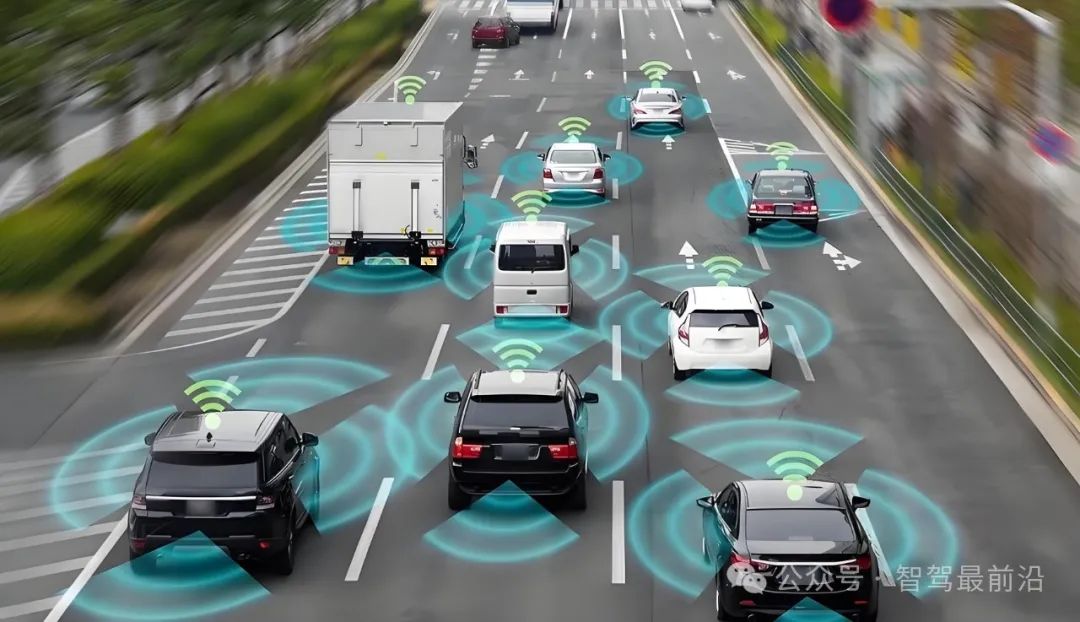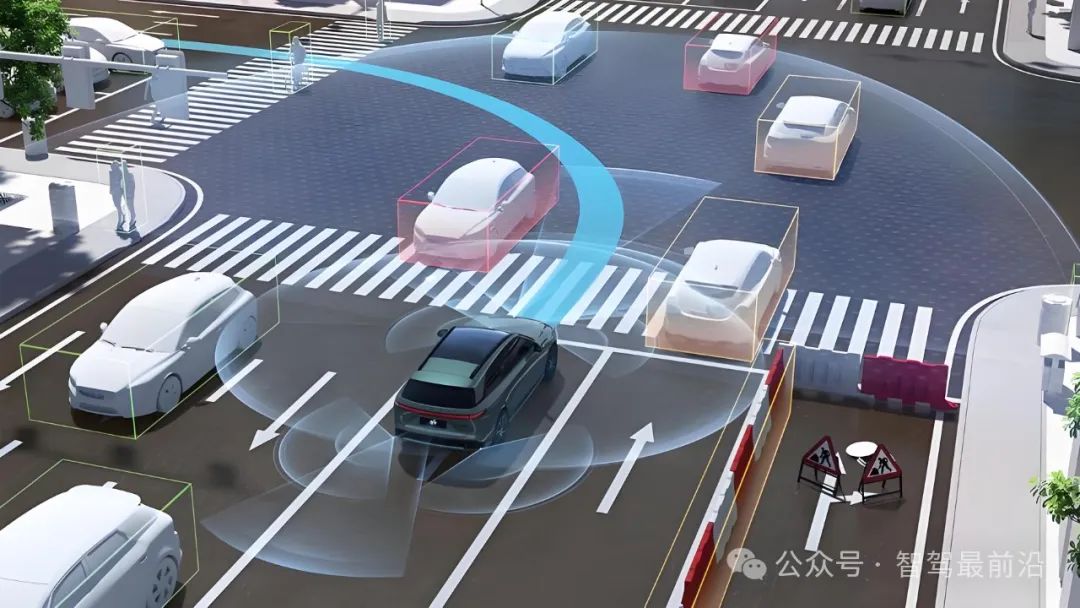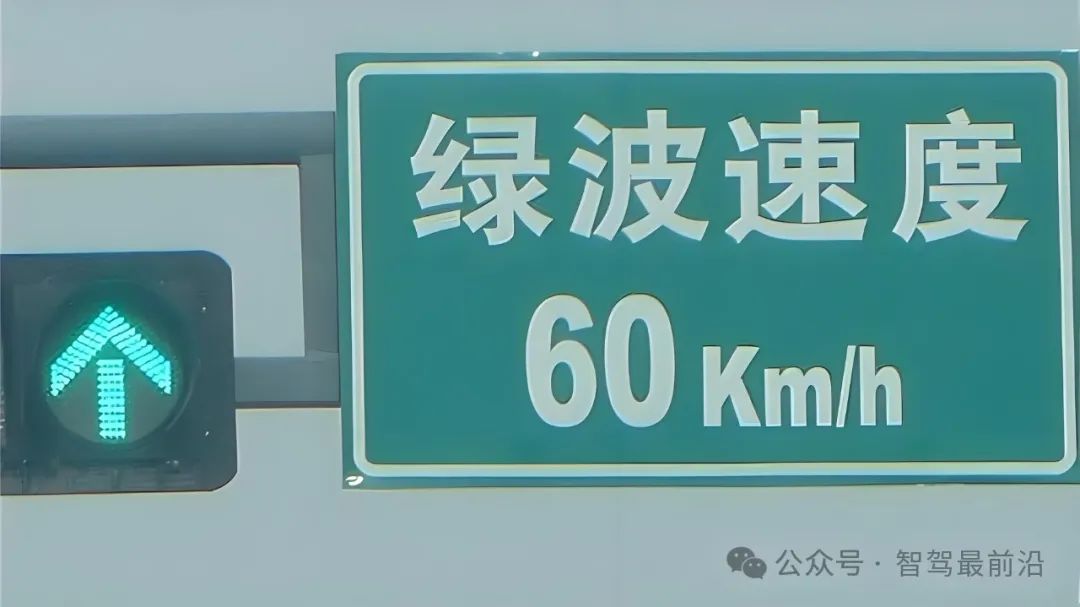Autonomous Driving: The Intersection of Single Vehicle Intelligence and Connectivity
![]() 06/19 2025
06/19 2025
![]() 473
473
With the surge in capital investment, automakers are increasingly opting to develop proprietary intelligent driving systems, making the path of single vehicle intelligence a prevalent choice in the industry. Conceptually, single vehicle intelligence entails continuously enhancing the perception, decision-making, and control capabilities of individual vehicles to ultimately achieve autonomous driving. However, the cutting edge of intelligent driving technology believes that single vehicle intelligence does not preclude connectivity. On the contrary, the ultimate aspiration of single vehicle intelligence is to realize V2X (Vehicle-to-Everything) integration.
In this vision, numerous vehicles of the same brand or equipped with the same intelligent driving system will be interconnected via the cloud platform. Through massive data aggregation and swarm intelligence analysis, algorithms can be iteratively refined, and safety warnings issued in real-time. Unlike V2I (Vehicle-to-Infrastructure), which emphasizes ultra-low latency direct connections between vehicles and roadside facilities, leveraging edge computing and C-V2X/DSRC technology to provide environmental redundancy perception and immediate command issuance for autonomous driving, V2X presents a more comprehensive test of autonomous driving system capabilities.

What is V2X (Internet of Vehicles)?
V2X is a technological system that connects vehicles to the cloud and big data via cellular networks (3G/4G/5G). In this model, each vehicle uploads GPS tracks, sensor data (from cameras, radars, LiDARs, etc.), and driving behavior information to the cloud platform in real-time. Relying on the cloud's powerful computing power and deep learning models, it rapidly generates optimal route planning, swarm safety warnings, and real-time traffic analysis, and sends updates and commands to the vehicles via OTA (Over-the-Air), realizing a closed-loop service of "cloud-vehicle-cloud".

The core value of V2X lies in the exploitation of "swarm intelligence." When a large number of vehicles sharing the same system share data, the cloud can accurately judge traffic congestion trends and potential risks through aggregate analysis and push acceleration/deceleration or detour suggestions to subsequent vehicles in advance, thereby significantly reducing accident rates and fluctuations in travel time. Have you ever encountered navigation software reminding you that vehicles ahead are about to brake or turn left? This is actually an embodiment of "swarm intelligence." This feature arises because the vehicles ahead also use the same navigation software. If multiple vehicles equipped with the same intelligent driving system are on the road, the function of "swarm intelligence" is realized.
Furthermore, V2X provides a convenient channel for continuous iteration of vehicle software. Manufacturers utilize cloud platforms for large-scale model training and online simulation, swiftly pushing updates to each connected vehicle via OTA, thus achieving continuous optimization of driving strategies and perception algorithms. This "online upgrade" capability not only shortens the research and development cycle but also enhances the adaptability and safety of vehicles in complex road environments.

What is V2I (Vehicle to Infrastructure)?
V2I (Vehicle to Infrastructure) emphasizes direct communication and collaborative work between vehicles and road infrastructure (such as traffic lights, roadside units (RSU), roadside radars, and cameras). Through wireless communication technologies such as DSRC (Dedicated Short-Range Communications) or C-V2X (Cellular Vehicle-to-Everything), vehicles can obtain key data such as real-time traffic signals, construction warnings, and pedestrian dynamics from the roadside within milliseconds of latency and respond promptly.

To further reduce latency and improve reliability, V2I systems often incorporate Mobile Edge Computing (MEC) nodes, bringing data processing and decision-making closer to the roadside, ensuring that the end-to-end latency from data collection to warning broadcast is controlled within 10 ms, meeting the emergency braking needs of high-speed roads and complex intersections.
The value of V2I lies in providing environmental redundancy perception and immediate command issuance for autonomous driving, compensating for the deficiencies of single vehicle perception in blind spots and extreme weather conditions, and giving the entire vehicle system a "second line of defense" in critical moments. It is also a crucial component of smart transportation, offering real-time and refined data support for urban traffic management and planning through tripartite collaboration between the roadside, cloud, and vehicle ends. However, V2I faces implementation challenges due to high costs (Related Reading: Why Did V2I "Cool Down" in 2025?).

What are the Differences Between V2X and V2I?
While both V2X and V2I connect vehicles to the network, there are fundamental differences between them. V2X focuses on "cloud aggregation and swarm collaboration," with vehicles maintaining continuous connections to remote cloud platforms via cellular networks, emphasizing the cloud's capabilities of "large bandwidth + massive storage + complex computing." In contrast, V2I emphasizes "local direct connection and edge processing," forming a dedicated link between vehicles and roadside facilities through C-V2X/DSRC and making key decisions at edge nodes, highlighting local response capabilities of "ultra-low latency + high reliability." This distinction directly shapes their division of labor in application scenarios. V2X is suited for large-scale traffic analysis, swarm risk warnings, and long-term algorithm iteration, whereas V2I excels in emergency warnings and collaborative control for vehicles traveling at high speeds or in complex intersections.

When millions of vehicles of the same system are connected to the same cloud platform, V2X naturally leverages "swarm intelligence." The cloud continuously aggregates the speed, acceleration, braking conditions, and obstacle detection results of each vehicle, using machine learning algorithms to identify potential congested areas or accident-prone spots. This model not only mitigates blind spots caused by individual vehicle perception errors but also achieves collective defense that is "forewarned and forearmed." Compared to traditional local detection reliant on onboard sensors, swarm intelligence can intervene at the incident's initial stage, minimizing the likelihood of rear-end collisions and chain reactions. Simultaneously, through continuous OTA updates, the cloud optimizes algorithm models based on real-time data, consistently enhancing the accuracy of warnings and the timeliness of decisions.
V2I excels in executing data collection and command issuance at the "millisecond" level, building a local secondary protection network for autonomous driving. Roadside sensors and RSUs are deployed at key nodes, broadcasting signal light phases, construction warnings, and pedestrian dynamics to incoming vehicles via C-V2X or DSRC, directly reaching the vehicle control unit without the remote cloud. Thanks to edge computing, data is processed locally in real-time, with end-to-end latency as low as 1-10 ms, sufficient for handling emergency braking requirements during high-speed lane changes on highways or collision warnings at complex intersections. This "local secondary protection" mechanism not only enhances the reliability of autonomous driving in extreme scenarios but also provides the system with backup perception and decision-making capabilities in the event of a network outage.

Typical Application Scenarios of V2X and V2I
In daily use, V2X and V2I each have unique application scenarios and often work in tandem. The most intuitive scenario for V2X is "swarm navigation": When thousands of vehicles connected to the same platform travel on the same road segment, the cloud can calculate the average speed and braking frequency of the road segment in real-time and push optimal speed and route suggestions to the fleet in batches, thereby reducing congestion and fuel consumption.
In the "green wave passage" on urban arterial roads, the advantages of V2I are more evident. The roadside traffic lights broadcast the phase timing of the current and future signal cycles to incoming vehicles via C-V2X. Vehicles only need to maintain the set speed to continuously pass through a series of green lights, reducing energy consumption and emissions caused by stop-and-go driving and sudden acceleration/braking.

In emergency avoidance scenarios, the collaboration between the two can also provide layered protection. When the cloud detects a trend of chain accidents on the road ahead, it takes the initiative to broadcast warning commands to the fleet. Simultaneously, the roadside RSU monitors local sensors. Once it detects individual vehicles slipping or pedestrians crossing the line, it immediately pushes an emergency braking request via C-V2X, ensuring dual safety intervention for vehicles in the shortest time.

What are the Differences in Implementation Requirements Between V2X and V2I?
The construction of the V2X ecosystem necessitates deep cooperation between automakers, telecommunication operators, cloud service providers, and software providers. Automakers are responsible for integrating high-bandwidth communication modules and OTA update frameworks on the vehicle side; operators provide cellular networks and edge computing infrastructure covering urban and rural areas; cloud service providers build big data platforms and AI models; and software providers develop navigation, risk warning, and fleet management applications. Based on this, business models include diversified services such as data subscriptions, OTA paid upgrades, precise advertising placement, driving behavior analysis, and insurance risk control.
On the other hand, V2I relies more on infrastructure investments by governments and local traffic management departments. The deployment, operation, and maintenance of RSUs and edge computing nodes are usually undertaken through public-private partnership models. Business models encompass subscriptions for "green wave passage," roadside data services, and revenue sharing from traffic management platform integrations. Automakers and mobility platforms can collaborate with governments to offer users value-added experiences based on roadside services, such as priority passage, emergency avoidance guarantees, and toll discounts.
In the future, with the commercialization of 6G and higher frequency spectra, communication bandwidth will be further enhanced, latency will be reduced, and the cloud-edge-end integrated architecture will mature. AI and big data will play a pivotal role in swarm behavior prediction and roadside global optimization, enabling more precise traffic flow control and personalized driving services. Simultaneously, based on open platforms and standardized interfaces, cross-brand and cross-system interconnectivity will become the norm, laying the foundation for the widespread adoption and international deployment of global autonomous driving.
-- END --







